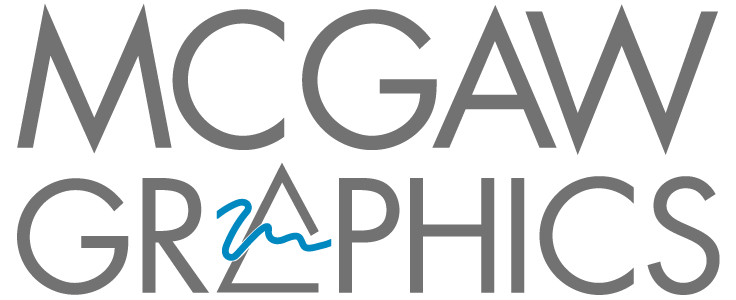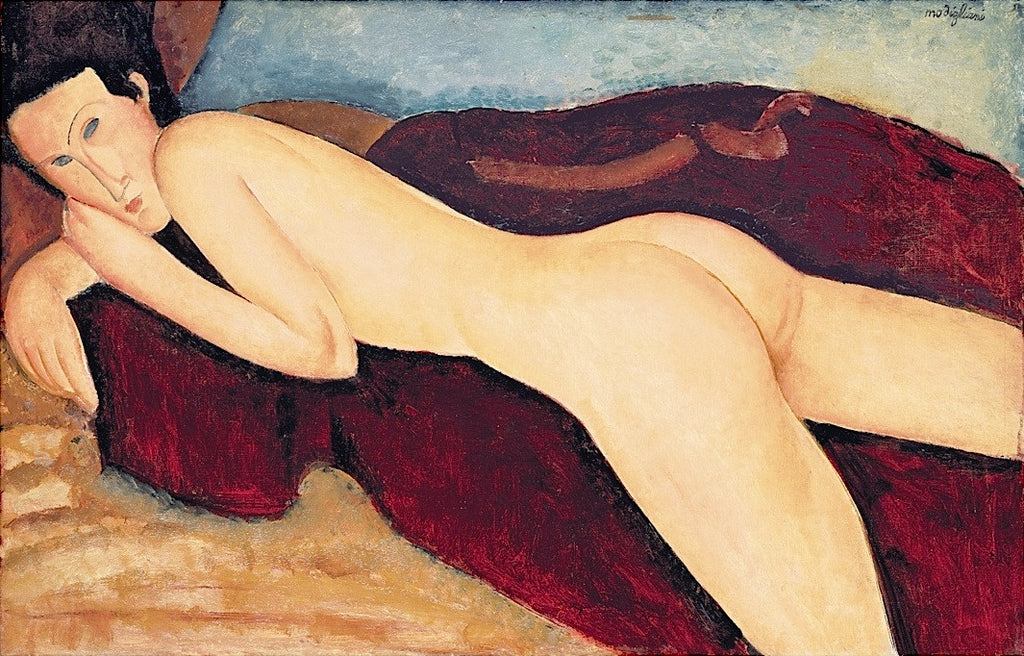Amedeo Modigliani’s works are instantly recognizable for their characteristic elongated faces and figures. Although he found some success during his lifetime, after his death his works have achieved worldwide praise and high auction prices. In a recent Vanity Fair article, Milton Esterow explores the current epidemic of Modigliani forgeries flooding the market. This comes at a time when the price of his work is moving up into Picasso territory and there are several major exhibitions in the works including Tate Modern’s "Modigliani”, “Modigliani Unmasked” at the Jewish Museum, and an exhibition at the Barnes Foundation to commemorate the centenary of Modigliani’s death.
The article investigates just how many Modiglianis are actually fakes by looking back at the turbulent history of lawsuits, charges of slander, death threats, hoaxes, and thefts tied to such works. There have been fakes found in Russia, Serbia, and Italy, a Modigliani specialist was convicted of falsely attributing works to Modigliani, and there have even been fake versions of works determined to be fakes themselves. Amid this drama surrounding the work, it has been difficult to determine which expert should be recognized as the utmost authority on Modigliani’s work and what should be recognized as authentic. There has even been uncertainty surrounding the very persona of the artist when he was alive. Some have said that he was a visionary, poet and philosopher, while others paint a very different picture of sex, drugs, drinking and madness. Although his art prices continue to rise, collectors are still skeptical as to authenticity and are hesitant to bid.
To reach a better understanding of how Modigliani created his works, experts will examine dozens of his works in museum collections starting this fall, and hope to complete their research by late 2018-early 2019. The goal is to break the code and learn exactly what they need to find to authenticate Modigliani works. Today the auction houses rely of Ambrogio Ceroni’s catalogue raisonne on Modigliani as their “bible” from which to authenticate auction items. If a work is not included in the catalogue, last updated in 1970, they will abstain, however many scholars agree that the catalogue is incomplete and does not include works that Ceroni never saw himself. There have been other experts throughout the years, some more credible than others. Some have been unscrupulous, and others afraid of the backlash they would receive (death threats included) by questioning authenticity of notable works. In 2013 the Modigliani Project was formed, a non-profit with plans to publish a new catalog raisonne, which will hopefully alleviate some of the doubt surrounding many works generally accepted as Modigliani works. See the Amedeo Modigliani Poster Collection.
(Image credits: Amedeo Modigliani Reclining Nude from the Back, 1917, Amedeo Modigliani Portrait of Leopold Zborowski, Amedeo Modigliani Anna Zborowska)




